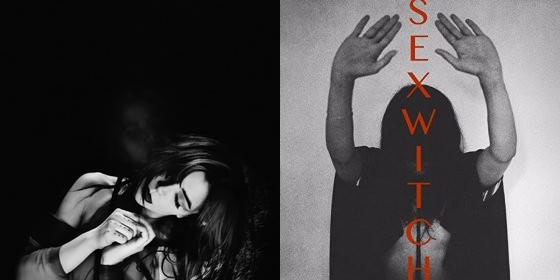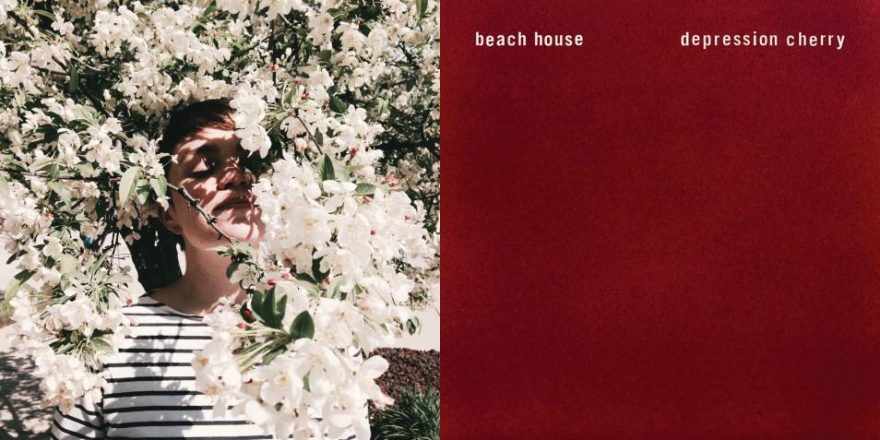Is it possible that I cried in the middle of the first song on Enya’s Dark Sky Island? Well, it is possible — and it is true. “The Humming” brought me back to myself in a spiritual and nostalgic way that somehow initially numbed my criticism of the record’s music and songwriting. I was meditating on self, and I just fell into the abyss of Enya.
I can’t help but imagine lying on a massage table as I listen. Apologies for bringing that up so close to the beginning of this piece, but it’s a real impression. The music is relaxing. It’s depressing and, at times, joyful. It is meditative and it is self-reflective. It covers the full span of the emotional canon. I feel relaxed while I listen, but neither wholeheartedly critical of, nor inspired by, what I hear.
This record is, quite blatantly, an Enya record. It is Enya from start to finish, the Enya who began bringing us Celtic mystical pop in the late ’80s — and who hasn’t strayed too far from that in 2015. I truly find this album interesting and fascinating as a cultural phenomenon. But I also found that Dark Sky Island doesn’t live up to Enya’s breakthrough global 1988 hit “Orinoco Flow (Sail Away),” as the new record has taken a more classical/folk approach to the instrumentation instead of adhering to contemporary electronic music trends as Enya’s music did in the late ’80s.
The mix and production of instrumentation is pretty darn beautiful, but as corny as they wanna be. I focus on the guitars in “So I Could Find My Way” and start to gag a little bit. Enya makes no apologies for uber-panned classical plucks and sweeping, ethereal moments. I love a good “choir,” and this record feels extremely warming to the touch with its choral arrangements and soft, reverb-filled pads. There are some almost Fleetwood Mac-like instants that actually keep me wanting more, so, in a lot of ways, I’m enjoying the pop nature some of the songs suggest. But, at other times, there are earworms that I wish would go away when the record ends — as in “Echoes in Rain,” for example.
The production hasn’t changed much from Enya’s past records, except for a foray into better plug-ins for panning and reverb and more live elements. There’s a crisper and more present vocal sound. But I’m not sure all that mix modernization has helped. As I go from track to track, I begin to realize that this record isn’t for me. The approach is not relevant to my production interests at the moment, and I think the project fell short of modernizing in a way that brings Enya to a relevant place in the music today.
I’m into the simple lyrics, though: words that are very spiritual, very organic, very green-smoothie-in-my-hand-staring-out-over-Big-Sur-on-a-chilly-yet-sunny-day (Example: “And all the moments fall in mist/And all is dust, remember this,” from “The Humming”). “Echoes in Rain,” the record’s first single, however, is a departure from the Enya I know and love. It’s an earworm for sure, but something I could imagine singing with toddlers rather than with my spirit guide. I’d sooner focus on “So I Could Find My Way” as a single. It’s a self-reflective track, with hymn-like melodies and a more abstract structure. The standout track for me is definitely “Even in the Shadows”: it has a more organic and serene songwriting approach but still boasts pop tendencies. “The Humming” is a close second because, as I said, it made me cry on the first listen.
In this time of New Age Revolution, I feel like we are all ready for a witchy musical project, and I had hope that it would be the new Enya record — because (to me, anyway) she was the foremother of this genre. I guess I just wish that we could leave the nauseating guitar out of it. I couldn’t help but wonder why the production wasn’t more CREEP or Beach House and a little less ’90s Celtic meditation record. But this is Enya. And it’s totally fair that she developed into this instead of that.
Sometimes I get annoyed when musicians change what they are good at to be more “current,” but, at the same time, I super wish this record had a couple of modern elements to help it cross over into the realm of modern dance music. The musicianship is really amazing, but what if there were a 606 kick and analog arpeggiator sparkling from side to side? Now that would be sick.
As I listen to this record, I feel like an outsider. But I’d love to do a remix.









